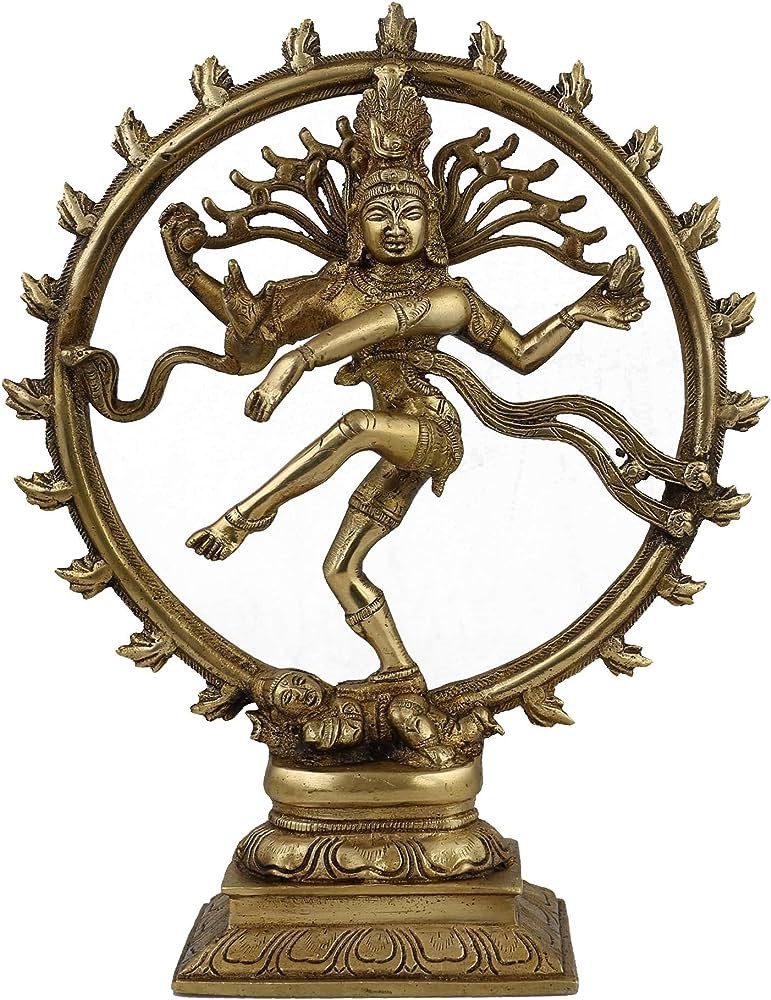Free Courses Sale ends Soon, Get It Now


Free Courses Sale ends Soon, Get It Now



Disclaimer: Copyright infringement not intended.
Context
Details
The Nataraja Statue
Inspiration from Revered Temples
The Cholas and Nataraja
Chola Art and Culture
Evolution of the Nataraja Form
Shiva's Complex Identity
Comprehensive overview of Shiva's Nataraja form
Iconography
Cosmic Dance
Apasmara
Tandava and Lasya
Cultural Significance
Philosophical Interpretation
Spiritual Significance
Symbolism of Nataraja
The Lost Wax Method
Artistic Heritage
Conclusion
In summary, the Nataraja form of Lord Shiva, with its rich history and symbolism, represents a cultural and artistic legacy that continues to captivate and inspire people around the world. The installation of the 27-foot Nataraja statue at Bharat Mandapam serves as a symbol of this enduring tradition and will greet world leaders during the G20 summit.
|
PRACTICE QUESTION Q. Discuss the historical significance and religious symbolism of Lord Shiva's Nataraja form. How did the Chola dynasty contribute to the evolution of the Nataraja sculpture? (150 Words) |
© 2024 iasgyan. All right reserved